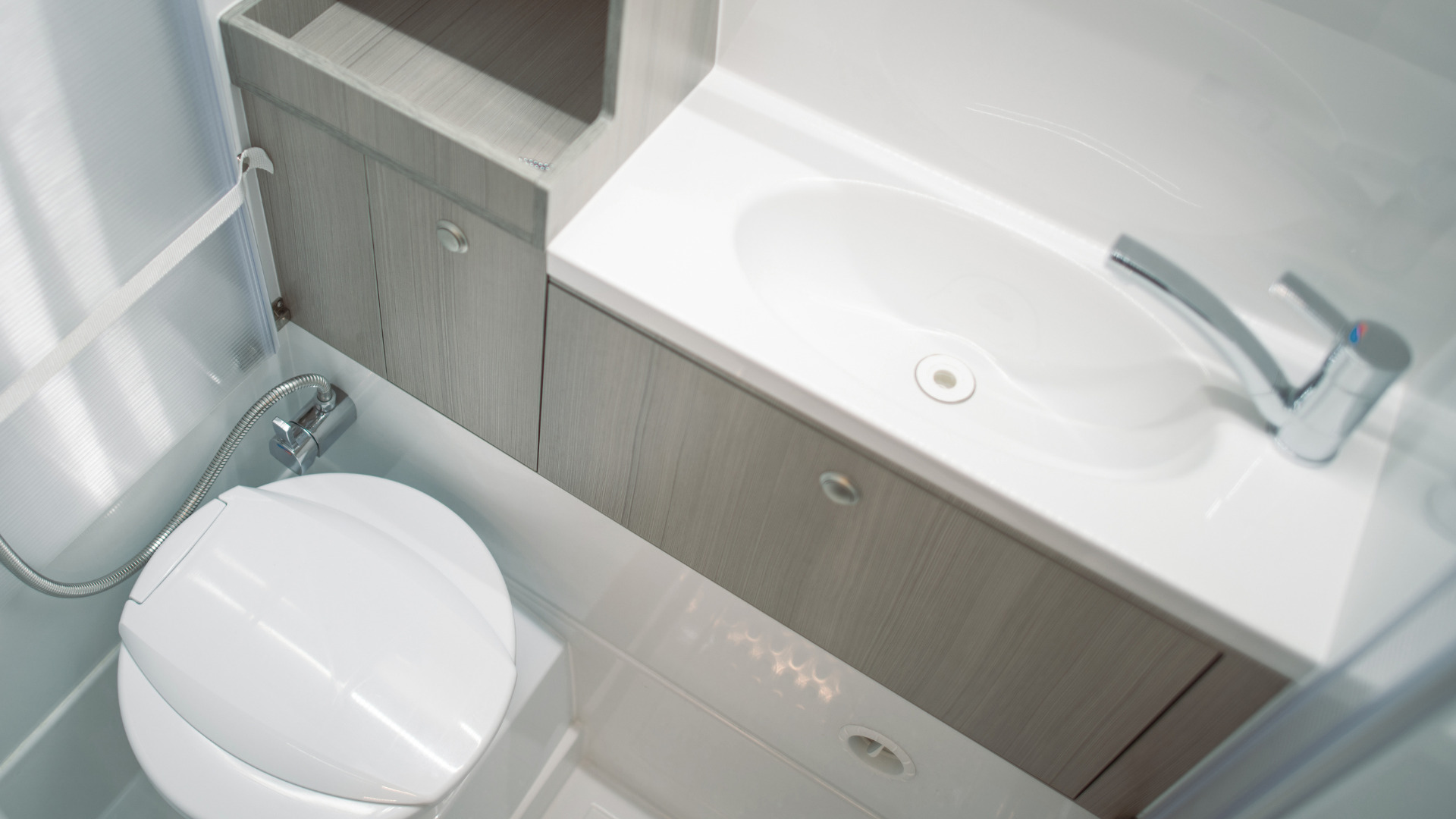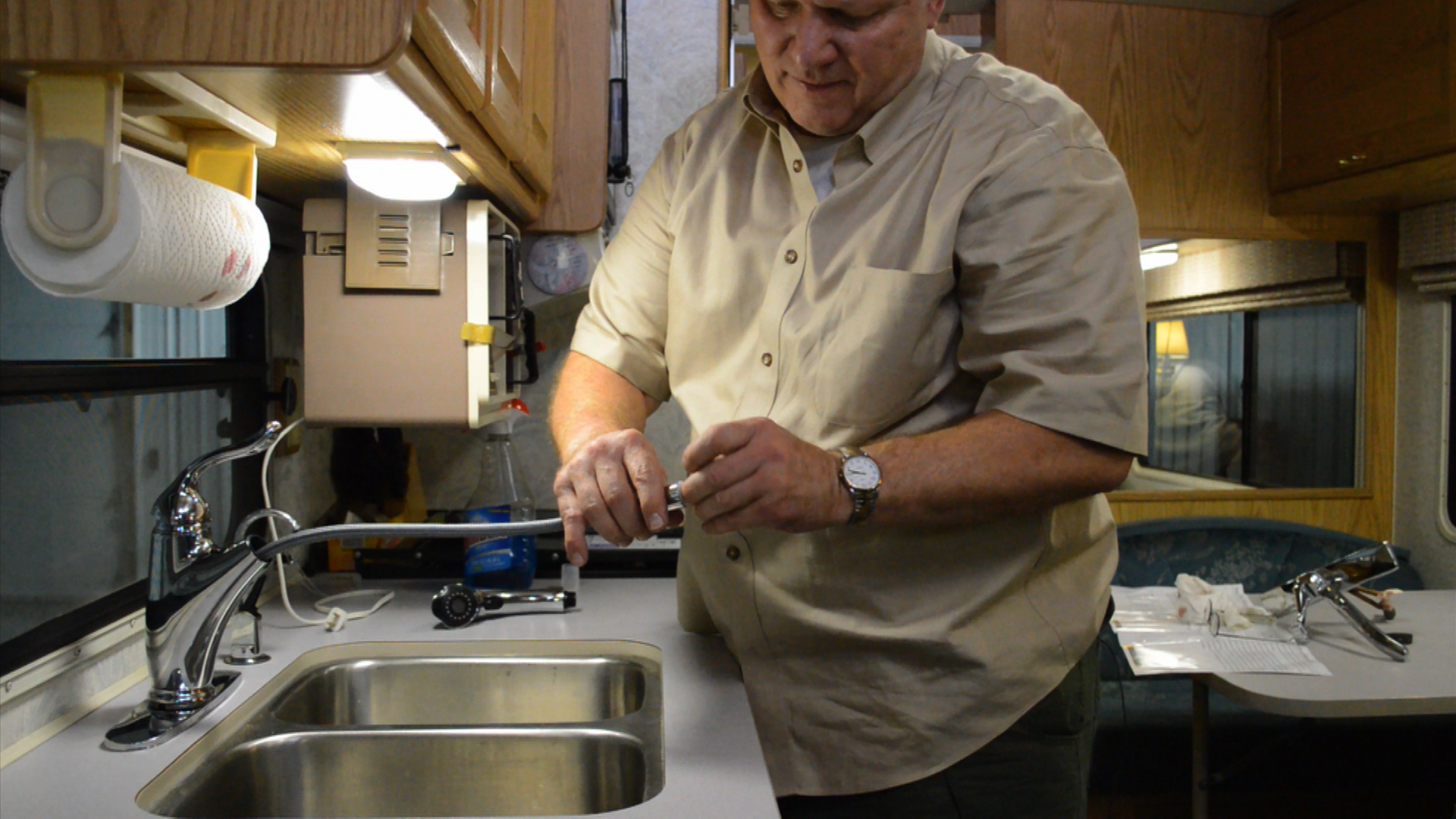Choosing the Right Replacement Faucet: Rv Bathroom Faucet Replacement

Replacing your RV bathroom faucet can be a simple upgrade that significantly enhances your travel experience. But choosing the right faucet is crucial. This guide will help you navigate the various options and find the perfect fit for your needs.
Understanding Faucet Types
The first step is to understand the different types of RV bathroom faucets available. Each type offers unique features and benefits:
- Single-Handle Faucets: These are the most common type, featuring a single lever that controls both hot and cold water. They are easy to use, require less space, and offer precise temperature control.
- Double-Handle Faucets: These faucets have separate handles for hot and cold water. They offer a classic look and provide independent control over water temperature and flow.
- Pull-Out Spray Faucets: These faucets have a retractable spray head that extends for cleaning and rinsing. They are particularly useful for small sinks or for reaching hard-to-reach areas.
Considering Size and Style
Once you’ve determined the type of faucet you need, consider the size and style that best complements your RV bathroom.
- Size: Measure the existing faucet’s dimensions, including the distance between the faucet’s base and the spout. This will help you find a replacement that fits seamlessly into your sink.
- Style: Choose a style that complements your RV’s interior design. Options range from sleek and modern to traditional and rustic. Consider the overall aesthetic of your bathroom when making your selection.
Evaluating Functionality
Beyond aesthetics, consider the faucet’s functionality:
- Water Pressure: RV water systems often have lower water pressure than traditional homes. Look for faucets designed for low-pressure applications. Consider a faucet with a built-in pressure regulator to ensure consistent flow.
- Flow Rate: The flow rate, measured in gallons per minute (GPM), determines how quickly water flows from the faucet. Choose a flow rate that balances water conservation with your needs. Low-flow faucets are often more efficient and conserve water, but may not provide enough water for certain tasks.
Troubleshooting Common Issues

During the RV bathroom faucet replacement process, you may encounter some common issues. Understanding these issues and how to troubleshoot them can save you time and frustration.
Identifying and Addressing Leaks
Leaks are a common problem during faucet replacement. Identifying the source of the leak is crucial for effective troubleshooting.
- Check the Connections: Examine the connections between the faucet and the supply lines. Make sure the nuts are properly tightened and the washers are in good condition.
- Inspect the O-Rings: O-rings are small rubber seals that prevent leaks. Inspect them for wear and tear. If they are damaged, replace them.
- Check the Cartridge: The cartridge is the internal mechanism that controls water flow. If the cartridge is worn or damaged, it can cause leaks. Replacing the cartridge may resolve the issue.
Addressing Low Water Pressure
Low water pressure can be frustrating. Here are some common causes and solutions:
- Clogged Aerator: The aerator is a small screen at the end of the spout that mixes air with water. If it is clogged, it can restrict water flow. Remove and clean the aerator to restore water pressure.
- Partially Closed Valves: Check the shut-off valves under the sink. If they are partially closed, it can reduce water pressure. Fully open the valves to see if it improves pressure.
- Restricted Supply Lines: The supply lines that connect the faucet to the water source can become restricted. Inspect them for kinks or blockages. Replace the lines if necessary.
Troubleshooting a Faulty Cartridge, Rv bathroom faucet replacement
A faulty cartridge can cause a variety of problems, including leaks, low water pressure, or inconsistent water flow.
- Symptoms of a Faulty Cartridge: If you notice a leak, inconsistent water flow, or difficulty turning the faucet handle, the cartridge may be faulty.
- Replacement: The best solution is to replace the cartridge. The specific process will vary depending on the faucet model, so consult the manufacturer’s instructions or a repair manual.
